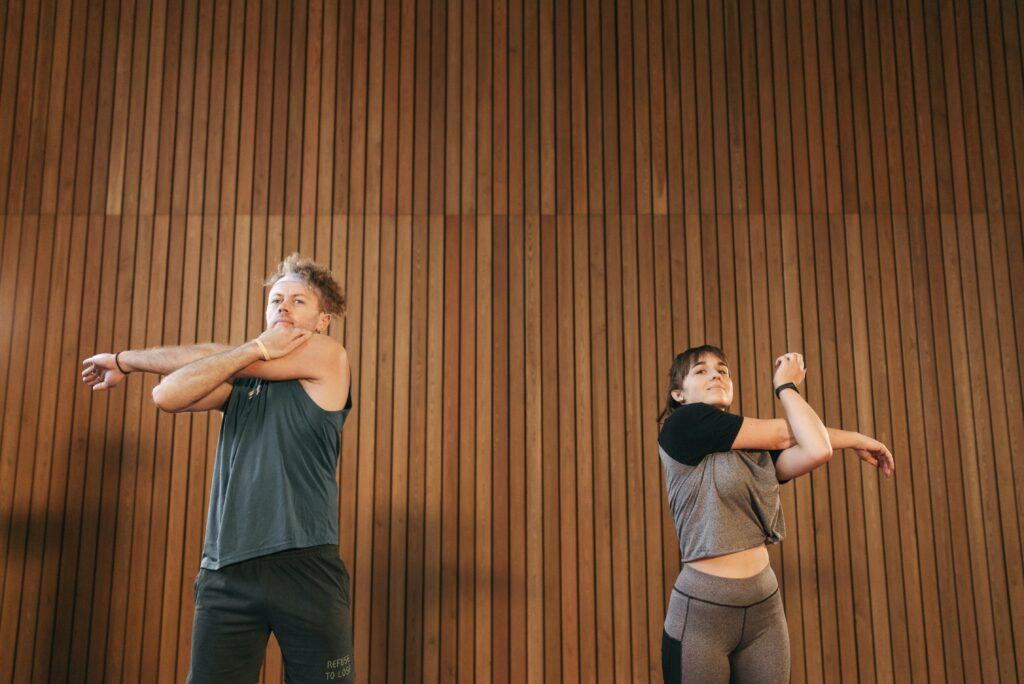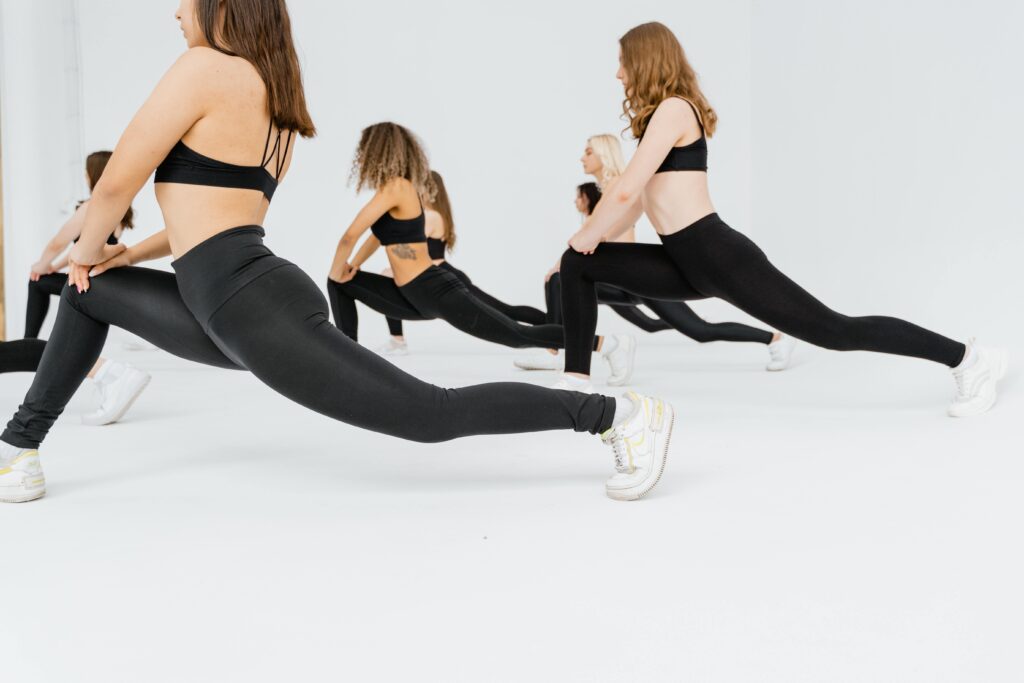Fitness is a prerequisite for being strong and healthy. Health is exercise.
A healthy individual is considered fit since they have a lesser risk of contracting ailments.
However, if a person is unhealthy or unfit, they are more likely to contract diseases.
As opposed to an unfit and unhealthy body, a healthy and fit body is more likely to continue being more mobile and functional.
Being active in life and having a fit, healthy body both indicate that the individual is in good physical shape.
The idea that being fit is important is summed up by the proverb that our bodies are meant to move so they can work properly.
Components of physical fitness
There are five components of physical fitness:
- Cardiorespiratory Fitness: It is the highest pace at which an individual’s heart, lungs, and muscles can efficiently take up oxygen when exercising. It is very significant that oxygen is used by all body tissues.
- Musculoskeletal Fitness: This includes one’s bones, cartilage, ligaments, and tendons in addition to connective tissues. It is in charge of bearing the body’s weight and maintaining the body’s physical condition. It gives our body’s bones strong and muscle durability.
- Flexibility: According to some definitions, flexibility refers to our body’s ability to stretch its muscles and connective tissues. One can measure it or determine it by the range of motion in their joints. The joints must be kept in good condition and kept mobile.
- Balance: The cerebellum, as we all know, keeps the body balanced. Being stable and balanced is very important because it is what matters most in day-to-day life. It occurs when a person can maintain their balance while walking and avoid falling.
- Speed: This is not time divided by distance as we understand it in physics. The major factor is one person’s capacity for rapid movement or how swiftly one can move.

Types of Fitness
To function in daily life, one must be in good physical shape. There are many different aspects of fitness, and each is equally important for maintaining health and good function. a few are listed below:
- Aerobic ( Cardiovascular) Exercise: This is mostly for the person’s heart, lungs, and blood vessels to maintain their overall health and functionality. This kind of exercise raises the heart rate and breathing rate, which helps to increase the body’s cardiorespiratory fitness. It is claimed that this is one of the top fitness programs.
- Training of Strength: This is essential for both bones and muscles. These are very significant since our muscles protect us when we fall or are involved in accidents. Major injuries like fractures are prevented by muscles. Exercises like lifting weights or carrying objects that are heavy, etc., are very important. We start to lose muscle mass after a certain age, so one should start exercising young.
- Flexibility and Mobility: As was already noted, these are crucial for maintaining a person’s body’s ability to move efficiently. Stretching and similar activities should be done regularly to maintain the proper range of motion in the joints. These workouts are advantageous because they pay off as one ages when one is more susceptible to suffering severe injuries and recovering more slowly.
- Recovery and Rest: Our bodies naturally become exhausted after exercise, so it is important to have enough rest to allow the body to recuperate. Exercise shouldn’t be forced to the point that it is uncomfortable or difficult.

Benefits of Exercise
Exercise has several advantages, but the most important one is that a fit body is less likely to contract certain ailments. The main benefit is maintaining healthy bodily functions and fighting sickness. Chronic diseases are avoided and treated with a fit body.
Some major benefits of exercising are as followed :
- Mood: Exercise improves mood and aids in maintaining a positive outlook. People who are stressed are encouraged to focus their attention on something positive and constructive that will also make them feel better.
- Sleep: Our bodies become fatigued after exercise, necessitating recuperation time. One falls asleep peacefully when they are exhausted, and it’s also been said that physical activity releases chemicals in our brains that protect us from recurrent sleep anxiety and support our sleep.
- Fighting diseases: Numerous research institutions claim that physical activity, particularly exercise, is beneficial for treating conditions like dementia, hypertension, Parkinson’s disease, and stroke. Exercises increase our body’s flexibility and mobility. Being protected from numerous diseases is the end result of all of this, including a steady heart and breathing rhythm.
- Long-Term Health: An old person who exercises daily is less likely to suffer from various diseases and conditions than someone who doesn’t engage in physical activity. Exercises improve brain functioning and help in maintaining bones and muscle mass.
Conclusion
We’ve read about exercise and a variety of workouts in this blog. The advantages of these physical activities were the most significant information we read. To keep one’s body flexible and mobile as one ages, one should engage in these physical exercises every day. One shouldn’t overwork themselves physically and shouldn’t take on strenuous or harmful exercises because their body can handle a certain amount of exercise.



